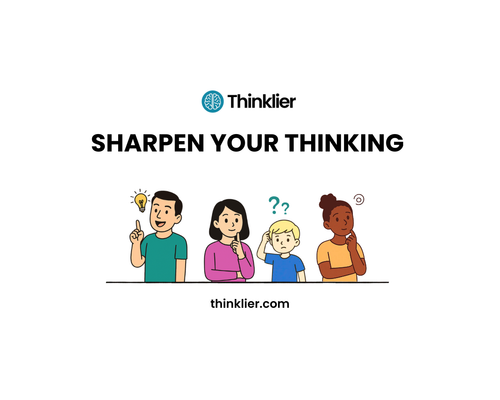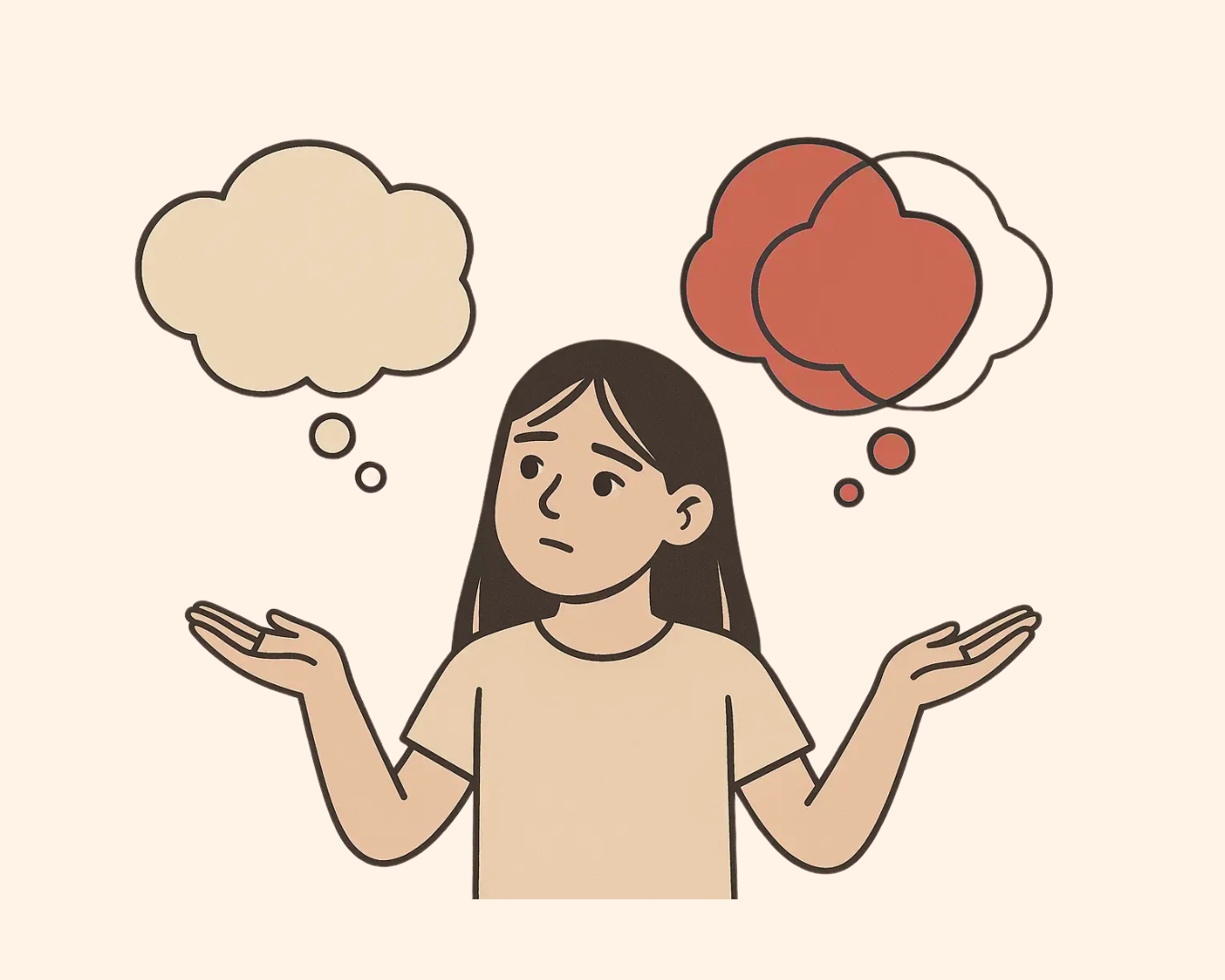Get one fresh, practical idea every 'Thinking Thursday' — plus free access to Thinklier’s toolkits on clear thinking and raising critical thinkers.
Subscribe
Bias affects how children see the world long before they learn the word. This guide shows how to introduce bias in everyday life—without breeding distrust or cynicism.
